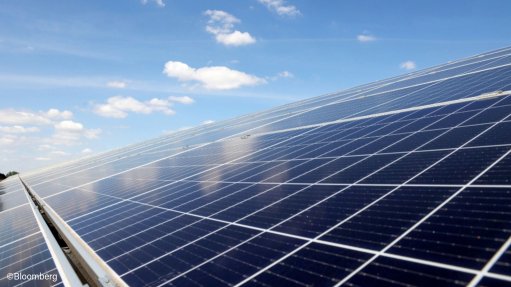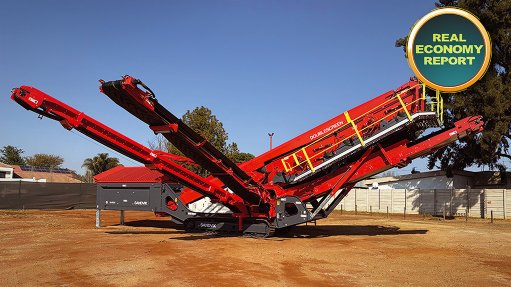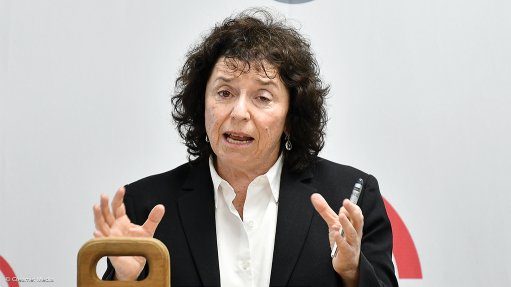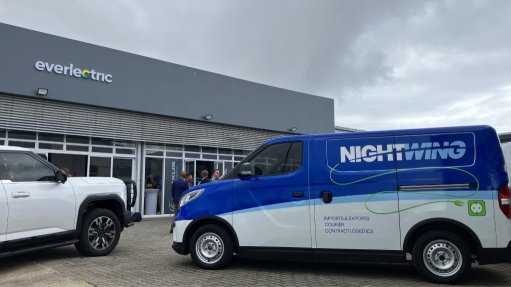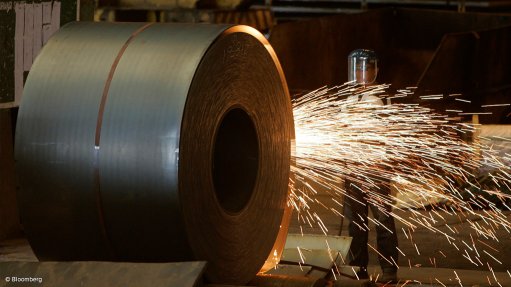A Pebble-Bed Modular Nuclear Reactor supplies grid electricity – in China
Last month, a Pebble-Bed Modular Reactor (PBMR) nuclear power plant (NPP) was connected to an electricity grid and began to supply power to its region. This took place on December 20, at the Shidaowan NPP in China’s Shandong province. “From this moment on, the electricity generated from the Shidaowan nuclear power plant will be dispatched by the state to deliver daily electricity to thousands of households,” highlighted Tsinghua University.
The PBMR NPP is composed of two reactors, which drive a single 210 MWe turbine. The first of the PBMRs achieved criticality in September and the second followed suit in November. It was the steam produced by the first reactor that was used to test the turbine. The official designation of the Chinese version of the PBMR concept is High Temperature Gas-Cooled Reactor – Pebble-bed Module (HTR-PM).
The new NPP has the status of a demonstration plant. Currently, only the first reactor is being used to generate electricity, and it is not yet functioning at full power. During the coming months it will be subjected to various tests and slowly brought to full power. Only after this process is completed will the second of the PBMRs be put through the same process.
The PBMR NPP is owned by a consortium led by China Huaneng, which holds the biggest share (47.5%). China Nuclear Engineering Corporation, a subsidiary of China National Nuclear Corporation, has a 32.5% share. Last, but far from least, as it is the project research and development leader, the Institute of Nuclear and New Energy Technology of Tsinghua University holds the remaining 20%.
PBMRs are so-called because they use uranium fuel enclosed in graphite and ceramic spheres, or ‘pebbles’, with a diameter of 6 cm each. Tests have proven this type of fuel to possess high inherent safety. The spheres remain intact and continue to contain radioactivity at temperatures of up to 1 620 ° C. According to the China Nuclear Energy Association, this temperature far exceeds any that would be encountered in even extreme emergency situations.
The HTR-PM was preceded by a 10 MWt experimental high-temperature gas-cooled reactor, constructed at Tsinghua University. This was designated HTR-10 and was started up in 2000 and reached full power in 2003. The proposed next step in the Chinese PBMR programme is to scale up the HTR-PM. The scaled-up NPP would be designated the HTR-PM600 and would be composed of six PBMRs driving a single 650 MWe turbine.
During the first decade of this century, South Africa was internationally recognised as the world-leader in the development of PBMR technology. However, the State-owned project, which was started in 1993, was effectively closed down in September 2010. By that point, R9.244-billion (in 2010 rands) had been spent on the PBMR project, of which 80.3% came from the South African government, 8.8% from (a then profitable and efficient) State-owned electricity utility Eskom, and 4.9% from the national development finance institution, the Industrial Development Corporation. The rest came from two foreign investors – Westinghouse (4.9%) and Exelon (1.1%).
The original attempt at a PBMR was Germany’s AVR, which, although classified as an experimental reactor, supplied electricity to the German grid from 1967 to 1988, when it was shut down. This first generation PBMR suffered from a series of problems, which meant that, although descended from the AVR, both the South African and Chinese PBMR projects involved significant redesign and technology development work.
Comments
Press Office
Announcements
What's On
Subscribe to improve your user experience...
Option 1 (equivalent of R125 a month):
Receive a weekly copy of Creamer Media's Engineering News & Mining Weekly magazine
(print copy for those in South Africa and e-magazine for those outside of South Africa)
Receive daily email newsletters
Access to full search results
Access archive of magazine back copies
Access to Projects in Progress
Access to ONE Research Report of your choice in PDF format
Option 2 (equivalent of R375 a month):
All benefits from Option 1
PLUS
Access to Creamer Media's Research Channel Africa for ALL Research Reports, in PDF format, on various industrial and mining sectors
including Electricity; Water; Energy Transition; Hydrogen; Roads, Rail and Ports; Coal; Gold; Platinum; Battery Metals; etc.
Already a subscriber?
Forgotten your password?
Receive weekly copy of Creamer Media's Engineering News & Mining Weekly magazine (print copy for those in South Africa and e-magazine for those outside of South Africa)
➕
Recieve daily email newsletters
➕
Access to full search results
➕
Access archive of magazine back copies
➕
Access to Projects in Progress
➕
Access to ONE Research Report of your choice in PDF format
RESEARCH CHANNEL AFRICA
R4500 (equivalent of R375 a month)
SUBSCRIBEAll benefits from Option 1
➕
Access to Creamer Media's Research Channel Africa for ALL Research Reports on various industrial and mining sectors, in PDF format, including on:
Electricity
➕
Water
➕
Energy Transition
➕
Hydrogen
➕
Roads, Rail and Ports
➕
Coal
➕
Gold
➕
Platinum
➕
Battery Metals
➕
etc.
Receive all benefits from Option 1 or Option 2 delivered to numerous people at your company
➕
Multiple User names and Passwords for simultaneous log-ins
➕
Intranet integration access to all in your organisation







